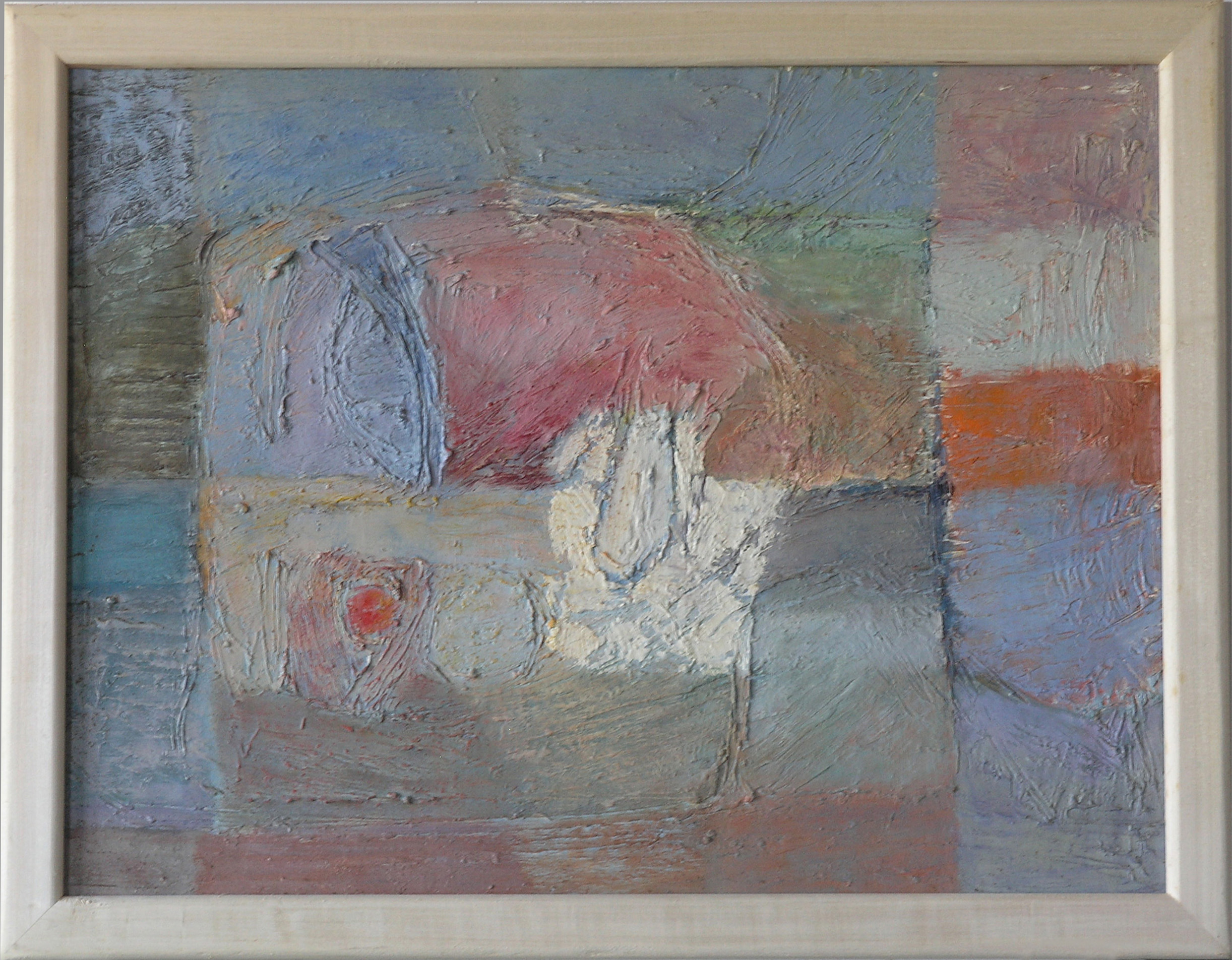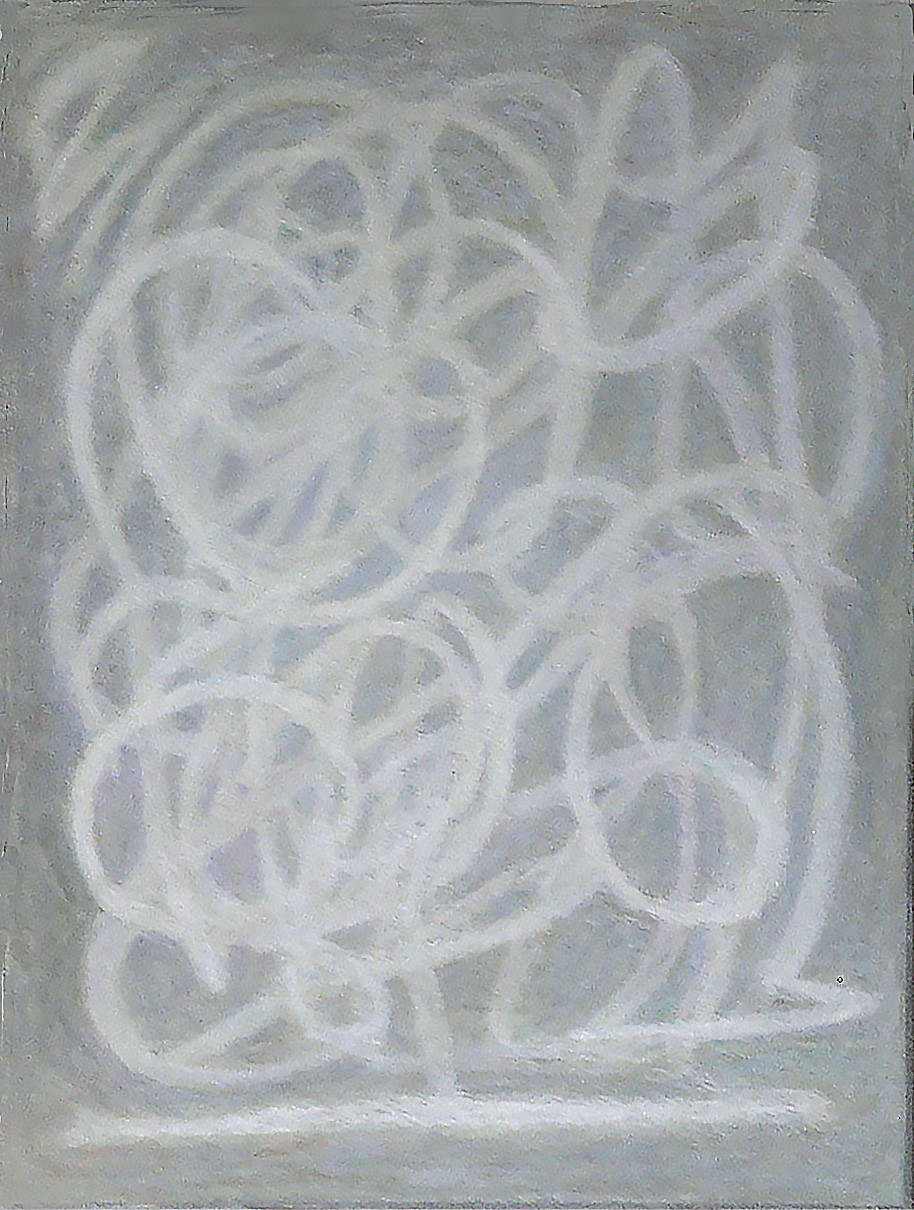Light and colour in retrospect
This Post provides a link with CHAPTER 16 of my book “Painting with Light and Colour”. It is the first of three chapters that provide different approaches to reviewing the ideas presented so far. To whet your appetite, after an image of a painting made with a view to exploring the rules of Professor Marian Bohusz-Szyszko, there follows a reprise of the “Introductory”:
.

.
Introductory
We have now arrived at the final section of “Painting with Light” . In it are three chapters. The first (this one) reviews ideas that have been presented in previous chapters. As explained there, some of these have a long history, going back both to the Italian Renaissance and to 19th century developments in science. Others are much more recent, arising from advances in the relatively new disciplines of neurophysiology and computer modelling. From the point of view of the subject of “painting with light”, the most important of the new insights concerns ways in which the eye/brain mediates our perception of surface solidity, surface form, illusory pictorial space and ambient illumination (the prevailing quality of light). It tells of two great breakthroughs. The first being the late 18th century realisation that colour and, indeed, all visual experience is made in the head. The second, the discovery, roughly two centuries later, of two functionally independent visual-systems. One of these has much to tell us about surface-reflection (the subject of the previous chapters) and the other about body-colour, the subject of the chapters that follow. This chapter is also in two parts. The first contains a review of the theory. The second moves on to a list of basic questions relating to it. Each of these is accompanied by a short answer.
.
CHAPTER 16 – REVIEWING THE IDEAS
.
Some other ways of exploring the ideas
Below are images of seven paintings, made between 1964 and 2015 that explore the ideas of Professor Marian Bohusz-Szyszko, as presented in previous chapters. It is important to stress that although they give some idea of the range of possibilities, they cannot reproduce the all important “harmony that runs parallel to nature”. For that it is necessary to have real paint on a real flat picture surface, illuminated by an external light source (preferably a natural light one)
.

.

.

.

.

.

.

.
Links to earlier chapters
-
- Introduction: the little known Science behind many of the original practical suggestions.
- Chapter 1 : The dogmas
- Chapter 2 : Doubts
- Chapter 3 : The nature of painting
- Chapter 4: Renaissance ideas
- Chapter 5 : New Science on offer
- Chapter 6 : Early Modernist Painters
- Chapter 7 : The perception of surface
- Chapter 8 : Seurat and Painting with Light
- Chapter 9 : Seeing Light
- Chapter 10 : Illusory pictorial space and light
- Chapter 11 : Colour mixing – definitions and misconceptions
- Chapter 12: The colour circle: Misunderstandings
- Chapter 13 : Finding a maximum of colours
- Chapter 14 – Colour mixing made easy
- Chapter 15 – Colour mixing by layering
- Chapter 16 – Reviewing previous chapters (1)
- Chapter 17 – Reviewing previous chapters (2)
- Chapter 18 – “All you need to know about painting”-2
.
Francis, It is wonderful to see these paintings by you as examples of so much of what you teach. Thank you for sharing these insights that can help so many artists regardless of their projects!
Great to see these images of your artwork. I remember seeing those shown in figure 8 on one of my visits. The others I haven’t seen before reading this chapter.